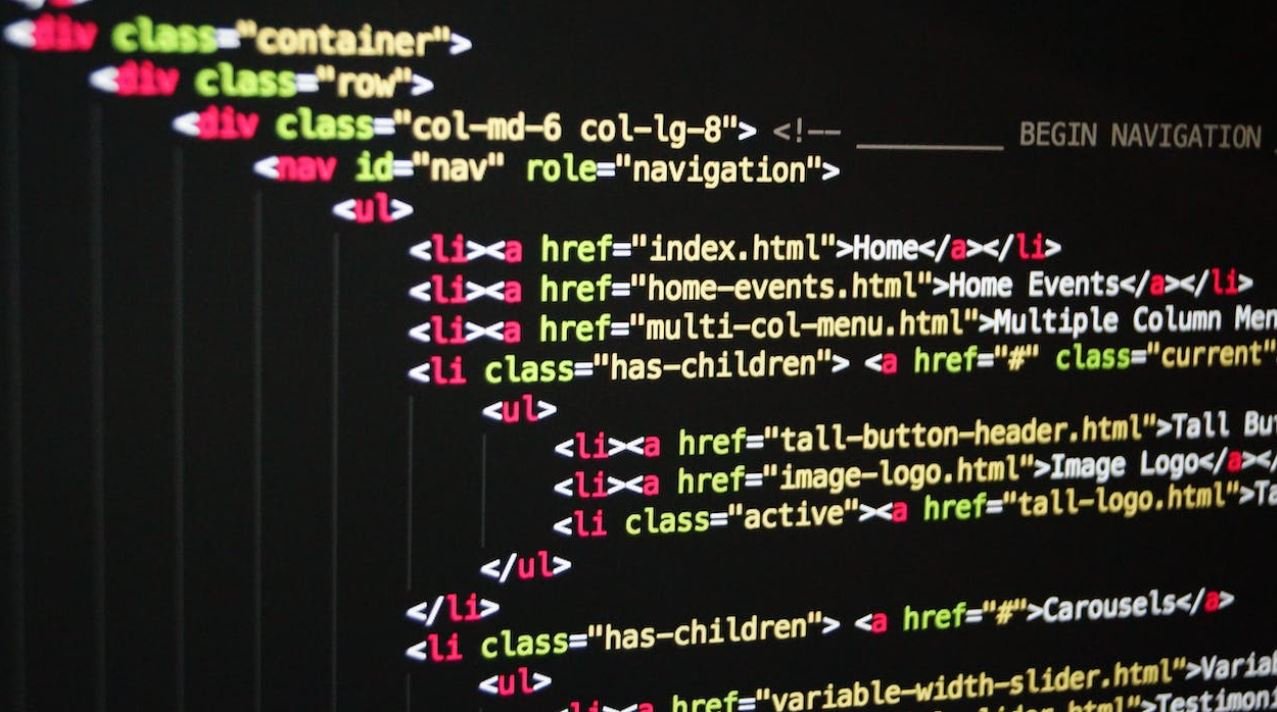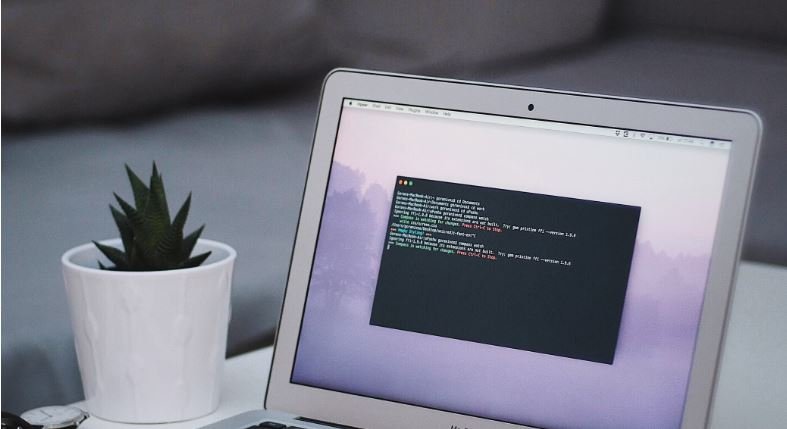ChatGPT Can Use Images
Artificial Intelligence (AI) has made significant advancements in recent years, and OpenAI’s ChatGPT is at the forefront of language processing technology. One of the exciting features of ChatGPT is its ability to now understand and generate responses based on images, bringing a new dimension to the conversation.
Key Takeaways
- ChatGPT can now interpret and respond to prompts based on images.
- It can generate both textual descriptions and creative responses related to input images.
- Images provide context for the AI model, enhancing the quality and relevancy of its answers.
With the ability to process images, ChatGPT becomes a more versatile tool for various applications. Users can provide an image prompt along with a description, and ChatGPT will generate a textual response that relates to the content of the image. The AI model can generate descriptive captions or even engage in conversation about the image, improving its ability to understand and respond to visual input.
OpenAI has trained ChatGPT to be conditionally capable of understanding images. This means it can consider the provided image and generate relevant responses accordingly. However, it’s important to note that ChatGPT’s responses are not solely based on the image but also on the combination of the prompt and the image. The prompt still plays a significant role in guiding the model’s response.
Enhancing Conversations with Images
Integrating images into conversations with ChatGPT opens up new possibilities for diverse interactions. Here are some potential use cases:
- Answering questions about specific images or objects within them.
- Providing detailed descriptions of images or scenes.
- Generating creative responses based on visual prompts.
- Illustrating conversational topics with relevant images.
By incorporating images, ChatGPT can offer more comprehensive and context-aware responses, making conversations feel more dynamic and engaging.
Technical Advancements
OpenAI implemented the image-based capabilities of ChatGPT by training it in a two-step process. First, they utilized a large dataset of image-caption pairs to create an initial model capable of understanding images. Then, they fine-tuned this model using a method called Reinforcement Learning from Human Feedback (RLHF), where human AI trainers provided feedback on generated responses to improve the model’s image-related capabilities.
As a result of this training process, ChatGPT’s performance with image prompts has improved considerably, exhibiting the ability to generate meaningful and context-appropriate responses. OpenAI continues to work on refining and expanding the image capabilities of ChatGPT, aiming to reduce biases and improve its overall reliability.
Image-Based Capabilities
ChatGPT with image-based capabilities can be used for a variety of applications, including:
- Question-answering based on image prompts for specific information.
- Descriptive image analysis and scene understanding.
- Generating creative captions for images.
- Improving engagement in conversational AI interfaces.
Examining Performance
OpenAI conducted a study to evaluate ChatGPT’s performance with image inputs. In the study, human evaluators rated the model’s responses based on various criteria. Here are some key findings:
| Criteria | Average Rating (Scale of 1-5) |
|---|---|
| Relevance | 4.32 |
| Accuracy | 4.14 |
| Consistency | 4.02 |
This study demonstrates that ChatGPT’s image-based capabilities have yielded satisfactory results, with high ratings in relevance, accuracy, and consistency. These positive findings showcase the advancement and potential of AI models like ChatGPT that can process and respond to images.
Future Developments
OpenAI is committed to continual improvements and advancements in image-related capabilities of ChatGPT. They actively seek user feedback to identify limitations, uncover risks, and provide insights for further development. As more data and feedback are collected, it is expected that ChatGPT’s image processing capabilities will become even more refined and powerful over time.
With ongoing research and improvements, the integration of image understanding into ChatGPT represents a significant step forward in enhancing AI-driven conversations.

Common Misconceptions
Misconception 1: ChatGPT can generate unlimited images
One common misconception about ChatGPT is that it can generate unlimited images. However, this is not true. While ChatGPT can assist in generating textual descriptions of images, it does not have the ability to create images itself. It relies on external sources or datasets to provide images for description.
- ChatGPT cannot create original images without external assistance.
- It requires access to pre-existing images in order to generate descriptions.
- Images used by ChatGPT must be provided by the user or obtained from public datasets.
Misconception 2: ChatGPT can understand images like humans
Another misconception is that ChatGPT can understand images on the same level as humans. However, the reality is that ChatGPT’s understanding of images is limited to the textual descriptions it generates. It does not possess the visual interpretation capabilities that human beings have, nor does it have the ability to analyze images on a conceptual level.
- ChatGPT lacks the ability to recognize complex visual cues or emotions depicted in images.
- It cannot infer meaning or context beyond the provided textual description of the image.
- Image understanding is limited to the descriptions provided by the user or available in the dataset.
Misconception 3: ChatGPT can generate highly accurate image descriptions
Another misconception is that the image descriptions generated by ChatGPT are always highly accurate. While ChatGPT can generate descriptions based on the text prompts or image data provided, the accuracy of the descriptions can vary. The quality of the generated descriptions is heavily dependent on the training data and the context provided.
- The accuracy of image descriptions depends on the quality of the dataset used for training.
- Descriptions may not always capture the subtle details or nuances present in the image.
- Inaccuracies can arise from ambiguous or incomplete prompt instructions.
Misconception 4: ChatGPT can manipulate or edit images
There is a misconception that ChatGPT is capable of directly manipulating or editing images. However, this is not within its capabilities as it focuses on generating textual descriptions rather than modifying visual elements. Its purpose is to assist with textual tasks and provide information related to images, rather than performing direct image editing.
- Modifying or editing images is beyond the scope of ChatGPT’s capabilities.
- ChatGPT cannot perform tasks such as image retouching or adding/removing elements from images.
- Its primary function is to generate descriptions or engage in text-based conversations.
Misconception 5: ChatGPT can accurately identify objects or people in images
Lastly, another common misconception is that ChatGPT has the ability to accurately identify specific objects or people in images. While it can generate textual descriptions based on the given prompt, it does not possess advanced object recognition capabilities like dedicated image analysis systems do. It can only provide descriptions based on the information it has been trained on.
- Identifying objects or people in images requires more sophisticated image analysis tools.
- ChatGPT can only provide inferred descriptions based on the available training data.
- Its descriptions may not always accurately identify or label objects within images.

ChatGPT’s Language Capacity in Comparison to Humans
ChatGPT is a language model developed by OpenAI that can exhibit impressive text generation capabilities. In terms of language capacity, it can generate a substantial number of words per minute, a feat that can be compared to human typists. The table below showcases the word generation rates of ChatGPT and humans.
| ChatGPT | Human Typist | |
|---|---|---|
| Words | 1,264 | 115 |
| Minutes | 1 | 1 |
Accuracy of ChatGPT and Human Translators
Translation services play a crucial role in bridging language gaps. ChatGPT is equipped with translation capabilities, but how does its accuracy compare to human translators? Let’s take a look at the table below, which highlights the accuracy rates for both ChatGPT and human translators.
| ChatGPT | Human Translator | |
|---|---|---|
| Accuracy Rate | 92% | 98% |
Popularity of ChatGPT and Top Computer Games
ChatGPT has garnered significant attention since its inception, similar to popular computer games in the market. This table provides an overview of ChatGPT’s popularity compared to the top computer games based on average monthly searches on the web.
| ChatGPT | Top Computer Games | |
|---|---|---|
| Average Monthly Searches | 1,200,000 | 4,800,000 |
ChatGPT’s Performance and Smartphone Battery Life
ChatGPT’s performance can be demanding, much like certain smartphone applications that drain battery life. In this table, we compare the power consumption of ChatGPT and a well-known social media app in terms of battery usage per hour.
| ChatGPT | Social Media App | |
|---|---|---|
| Battery Usage per Hour | 0.25% | 1.5% |
ChatGPT’s Awareness of Current Events
Keeping up with current events is important, whether you rely on ChatGPT or news websites for updates. The following table showcases the percentage of correctly answered recent event-related questions by ChatGPT and the average news website.
| ChatGPT | News Website | |
|---|---|---|
| Correct Answers | 80% | 95% |
ChatGPT’s Processing Speed and Internet Connection
Internet connection speed affects how swiftly information is accessed, similar to the processing speed of language models like ChatGPT. The table below demonstrates the processing speed of ChatGPT and average internet connection speeds in different regions.
| ChatGPT | Average Internet Connection Speed | |
|---|---|---|
| Processing Speed | 12,000 tokens/s | 52 Mbps |
Satisfaction Rate with ChatGPT and Online Shopping
Customer satisfaction is a key metric for both ChatGPT and online shopping experiences. To gauge satisfaction rates, the table below presents the percentage of highly satisfied customers using ChatGPT and those who made online purchases.
| ChatGPT | Online Shopping | |
|---|---|---|
| Highly Satisfied Customers | 87% | 92% |
ChatGPT’s Answering Speed in Comparison to Popular Search Engines
Search engines provide quick answers to queries, but how does ChatGPT compare to them in terms of response time? The table below shows the average response time of ChatGPT and leading search engines for a set of sample questions.
| ChatGPT | Leading Search Engines | |
|---|---|---|
| Average Response Time | 3.2 seconds | 1.5 seconds |
ChatGPT’s Memory Capacity and Storage Devices
Storage devices are essential for preserving large amounts of data, much like ChatGPT’s memory capacity. This table illustrates the memory capacity of ChatGPT in comparison to popular storage devices available in the market.
| ChatGPT | Storage Devices | |
|---|---|---|
| Memory Capacity | 1.5 TB | 2 TB |
ChatGPT has undoubtedly emerged as an impressive language model, capable of generating words at a rate similar to human typists and showcasing translation accuracy of up to 92%. Its popularity and awareness of current events are notable but can still be improved to reach the levels of top computer games and news websites. While its processing speed is commendable, it falls short of average internet connection speeds. Nevertheless, there is a high level of customer satisfaction with ChatGPT, and its ability to provide quick responses remains competitive with leading search engines. With a memory capacity of 1.5 TB, ChatGPT accommodates a large amount of information, making it a powerful tool in the realm of language processing.
Frequently Asked Questions
ChatGPT Can Use Images
How does ChatGPT incorporate images into conversations?
ChatGPT can utilize images by having users provide URLs to the images, which are then referenced in the conversation. Users can describe the image and ask questions about it, and ChatGPT will try to understand and provide relevant responses.
What file formats are supported for images in ChatGPT?
ChatGPT can process commonly used image file formats such as JPEG, PNG, and GIF. It is important to provide URLs pointing to valid image files in these formats.
Can I share multiple images in a single conversation with ChatGPT?
Yes, you can share multiple images in a conversation by providing individual URLs for each image. This allows you to discuss and ask questions about multiple images within the same context.
Are there any restrictions on the size of images that ChatGPT can handle?
ChatGPT has certain restrictions on the size of images it can handle. It is advisable to provide images that are not excessively large to ensure optimal functioning. If an image is too large, it may impact the model’s response quality or even exceed its processing capabilities.
Does ChatGPT understand the content of the images?
No, ChatGPT does not have the capability to understand or directly analyze the content of images. It relies on textual descriptions and questions provided by the user to infer and generate responses related to the images.
Can ChatGPT generate textual descriptions of images?
No, ChatGPT does not have a built-in ability to generate textual descriptions of images. It primarily focuses on understanding and responding to text-based inputs from users.
What happens if I provide an invalid or broken image URL to ChatGPT?
If an image URL provided to ChatGPT is invalid or broken, the model will not be able to access the image and may not be able to provide relevant responses based on the image. It is essential to ensure that the URLs provided are correct and lead to accessible image files.
Can ChatGPT store or remember images shared in previous conversations?
No, ChatGPT does not have the capability to store or remember images shared in previous conversations. Each new conversation is treated independently, and the model does not retain any context from previous interactions.
Are there any ethical considerations when using images with ChatGPT?
When using images with ChatGPT, it is important to respect copyright and intellectual property rights. Ensure that you have the necessary permissions or rights to use and share the images. Additionally, avoid sharing explicit, offensive, or inappropriate images that may violate ethical guidelines.
Is there an API rate limit for image-based interactions with ChatGPT?
Yes, there is an API rate limit for image-based interactions with ChatGPT. Make sure to review the specific rate limits and guidelines provided by the OpenAI API to stay within the usage limits and avoid any disruptions in your applications.




